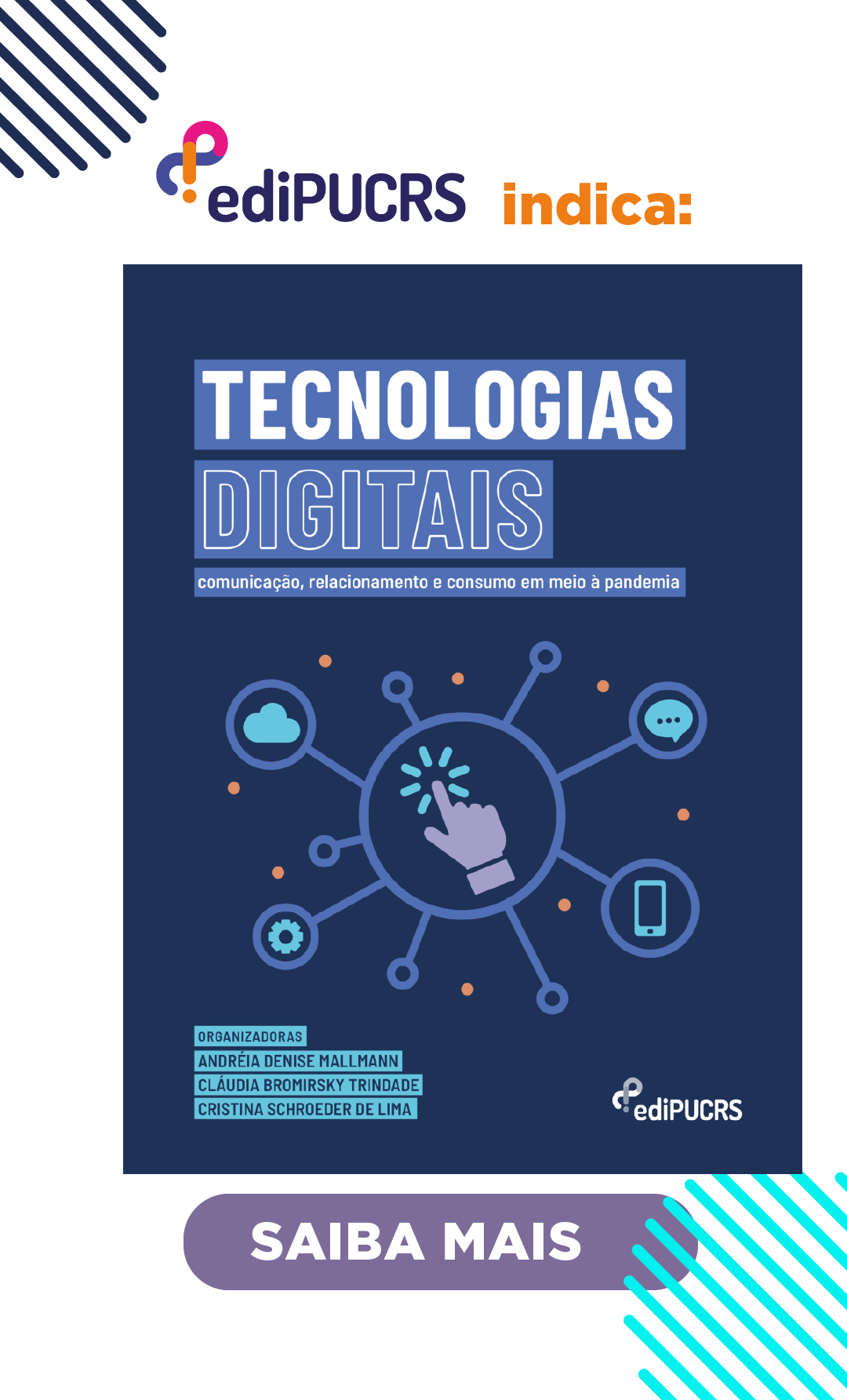Time and cinema: a dialogue between Aby Warburg and Bill Morrison
DOI:
https://doi.org/10.15448/1980-3729.2019.2.32427Keywords:
Aby Warburg. Bill Morrison. Walter Benjamin.Abstract
The main focus of our article is the problematization of Aby Warburg’s performative character, applied to the Mnemosyne Image Atlas (1924-1929), in dialogue to Bill Morrison’s multimedia work, Decasia (2001). In accordance with the layers of time and the materiality of the images operated by both, we will investigate some of the key concepts of the art historian – such as the iconology of intervals, the afterlife (Nachleben) of images, the pendulous movements (dynamogram) and the active forces of the Pathosformeln –, in contrast with other authors who developed parallel thoughts (Benjamin, Vertov, Epstein). Our aim is to broaden the perspectives on the nature of cinema – made explicit in the archaeological and, at the same time, transcendental work of the filmmaker – supported by Warburg’s thought on the particularities of the images.
Downloads
References
AGAMBEN, Giorgio. Aby Warburg and the nameless science. In: AGAMBEN, Giorgio Potentialities: collected essays in philosophy. Standford: Standford University Press, 1999.
AGAMBEN, Giorgio. Ninfas. São Paulo: Editora Hedra, 2012.
BÖSER, Ursula. Inscriptions of light and the “Calligraphy of Decay”: volatile representation in Bill Morrison’s Decasia. In: GRAF, A.; SHEUNEMANN, D. Avant-Garde Film. Amsterdam: Rodopi, 2007. https://doi.org/10.1163/9789401200035_019
BECKER, Colleen. Aby Warburg’s Pathosformel as methodological paradigm. Journal of Art Historiography, n. 9, dez. 2013.
BENJAMIN, Walter. Passagens. Belo Horizonte: UFMG, 2007.
BENJAMIN, Walter. Escritos sobre mito e linguagem (1915-1921). São Paulo: Editora 34, 2011.
CLARK, Kenneth. Another part of the wood: a self-portrait. Londres: Harper & Row, 1975.
DIDI-HUBERMAN, Georges. A imagem sobrevivente: história da arte e tempo dos fantasmas segundo Aby Warburg. Rio de Janeiro: Contraponto, 2013.
EPSTEIN, Jean. Bonjour cinéma. Paris: Éditions de la Sirène, 1921.
GOMBRICH, Ernst. Aby Warburg, an intellectual biography. Londres: The Warburg Institute, 1970.
GOPNIK, Adam. In the memory ward: the Warburg is Britain’s most eccentric and original library. Can it survive?. The New Yorker, 16 mar. 2015. Disponível em: https://www.newyorker.com›magazine. Acesso em: 22 maio 2017.
HERZOGENRATH, Bernd. Matter images: Bill Morrison’s Decasia. In: Media atter: the materiality of media matter as a medium. Nova York: Bloomsbury Publishing, 2015. https://doi.org/10.5040/9781501304835.0014
MICHAUD, Philippe-Alain. Aby Warburg e a imagem em movimento. Rio de Janeiro: Contraponto, 2013.
PETRIC, Vlada. Dziga Vertov as Theorist. Cinema Journal, n. 18, v. 1, 1978, p 29-44. https://doi.org/10.2307/1225210
PETRIC, Vlada. The Vertov Dilemma: Film-Eye vs. Film-Truth. Spectator, n. 12, v. 1, outono 1991, p. 6-17.
RAMPL EY, Matthewa. Iconology of the interval: Aby Warburg’s legacy. Word & image: a journal of verbal/visual enquiry, n. 4, out./dez. 2001. https://doi.org/10.1080/02666286.2001.10435723
RANCIÈRE, Jacques. La fable cinématographique. Paris: Seuil, 2001.
REINALDO, Gabriela. A paixão segundo A. W. – notas o sobre o ritual da serpente e as pathosformeln no pensamento de Aby Warburg. Compós, v. 18, n. 3, 2015. https://doi.org/10.30962/ec.1172
RUSSELL , Catherine. Archiveology: Walter Benjamin and archival film practices. Durham: Duke University Press, 2018. https://doi.org/10.1215/9780822372004
SAMAIN, Etienne. As “mnemosyne(s)” de Aby Warburg: entre antropologia, imagens e arte. Poiésis – Revista do Programa de Pós-Graduação em Estudos Contemporâneos das Artes, n. 17, 2011, p. 29-51. https://doi.org/10.22409/poiesis.1421-22.213-227
SIMÕES, Thomaz Carneiro de Almeida. Entre o homem aventureiro e o homem histórico: Aby Warburg, 1896-1923. Dissertação (Mestrado em História) – Programa em História Social da Cultura. Rio de Janeiro, PU C-Rio, 2010. https://doi.org/10.17771/pucrio.acad.16286
TAMM, Marek. After-life of events: perspectives on Mnemohistory. Londres: Palgrave Macmillan Memory Studies, 2015.
TARKOVSKI, Andrei. Esculpir o Tempo. São Paulo: Martins Fontes, 1990.
VARGAS, Mariela Silvana. Nachleben [pervivencia] e historicidad en Walter Benjamin. Veritas, n. 38, dez. 2017, p. 35-50. https://doi.org/10.4067/s0718-92732017000300035
VERTOV, Dziga. Extrato do ABC do kinoks (1929). In: XAVIER, I. A experiência do cinema. Rio de Janeiro: Graal, 1983a.
VERTOV, Dziga. Nós – variação do manifesto (1922). In: XAVIER, I. A experiência do cinema. Rio de Janeiro: Graal, 1983b.
WARBURG, Aby. Histórias de fantasmas para gente grande: escritos esboços, conferências. São Paulo: Cia das Letras, 2015.
WARBURG, Aby. A renovação da antiguidade pagã: contribuições científico-culturais para a história do renascimento europeu. Rio de Janeiro: Contraponto, 2013.
WARBURG, Aby. From the Arsenal to the Laboratory (1928). West 86th, v. 9, mar. 2012. Chicago: Chicago University Press.
WEIGEL, Sigrid. Epistemology of wandering, tree and taxonomy: the system figuré in Warburg’s Mnemosyne project within the history of cartographic and encyclopaedic knowledge. Images Re-vues Histoire: anthropologie et théorie de l’art, n. 4, 2013.
Downloads
Published
How to Cite
Issue
Section
License
Copyright (c) 2019 Revista FAMECOS

This work is licensed under a Creative Commons Attribution 4.0 International License.
Derechos de Autor
La sumisión de originales para la Revista Famecos implica la transferencia, por los autores, de los derechos de publicación. El copyright de los artículos de esta revista es el autor, junto con los derechos de la revista a la primera publicación. Los autores sólo podrán utilizar los mismos resultados en otras publicaciones indicando claramente a Revista Famecos como el medio de la publicación original.
Creative Commons License
Excepto donde especificado de modo diferente, se aplican a la materia publicada en este periódico los términos de una licencia Creative Commons Atribución 4.0 Internacional, que permite el uso irrestricto, la distribución y la reproducción en cualquier medio siempre y cuando la publicación original sea correctamente citada.





